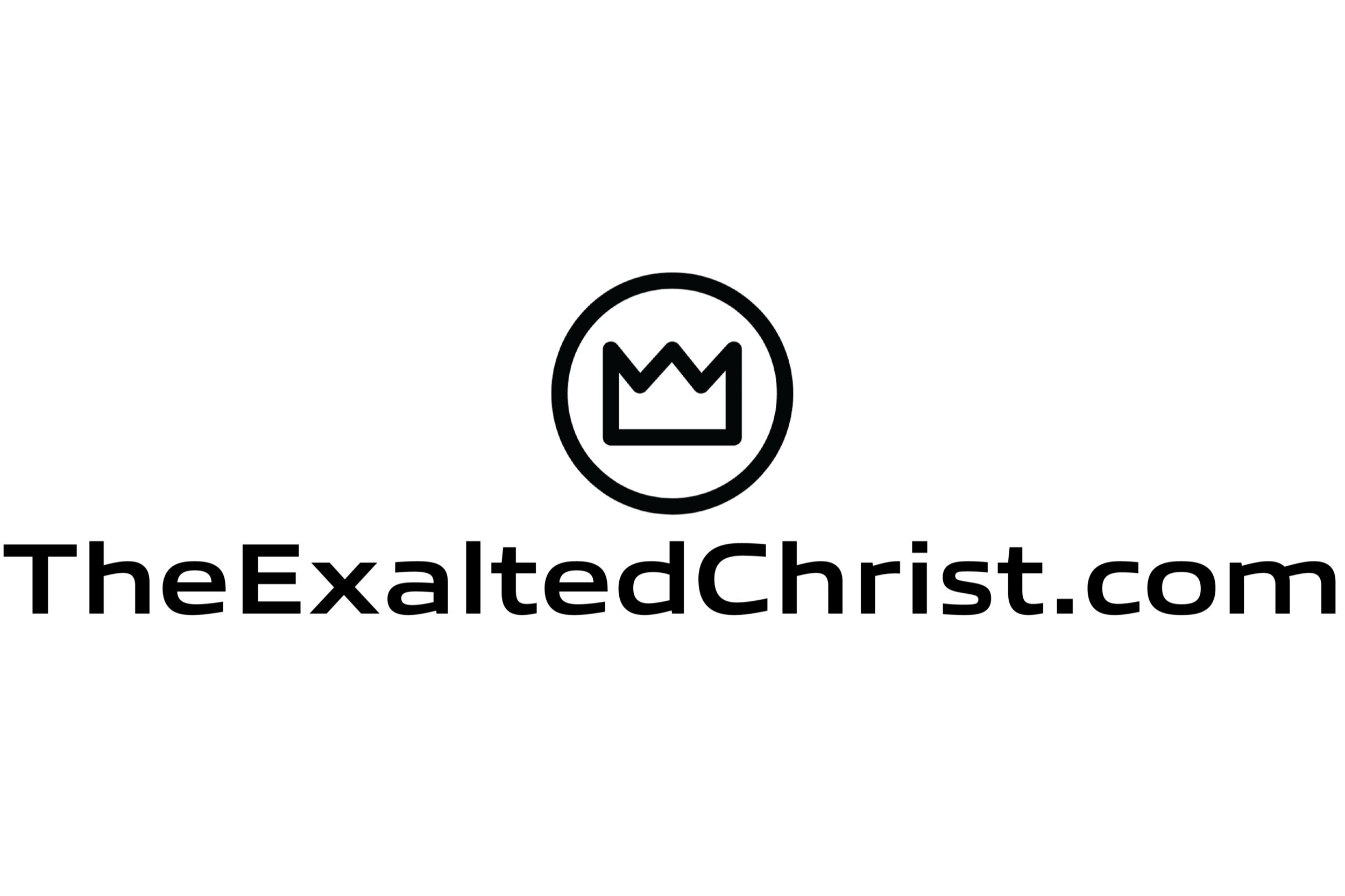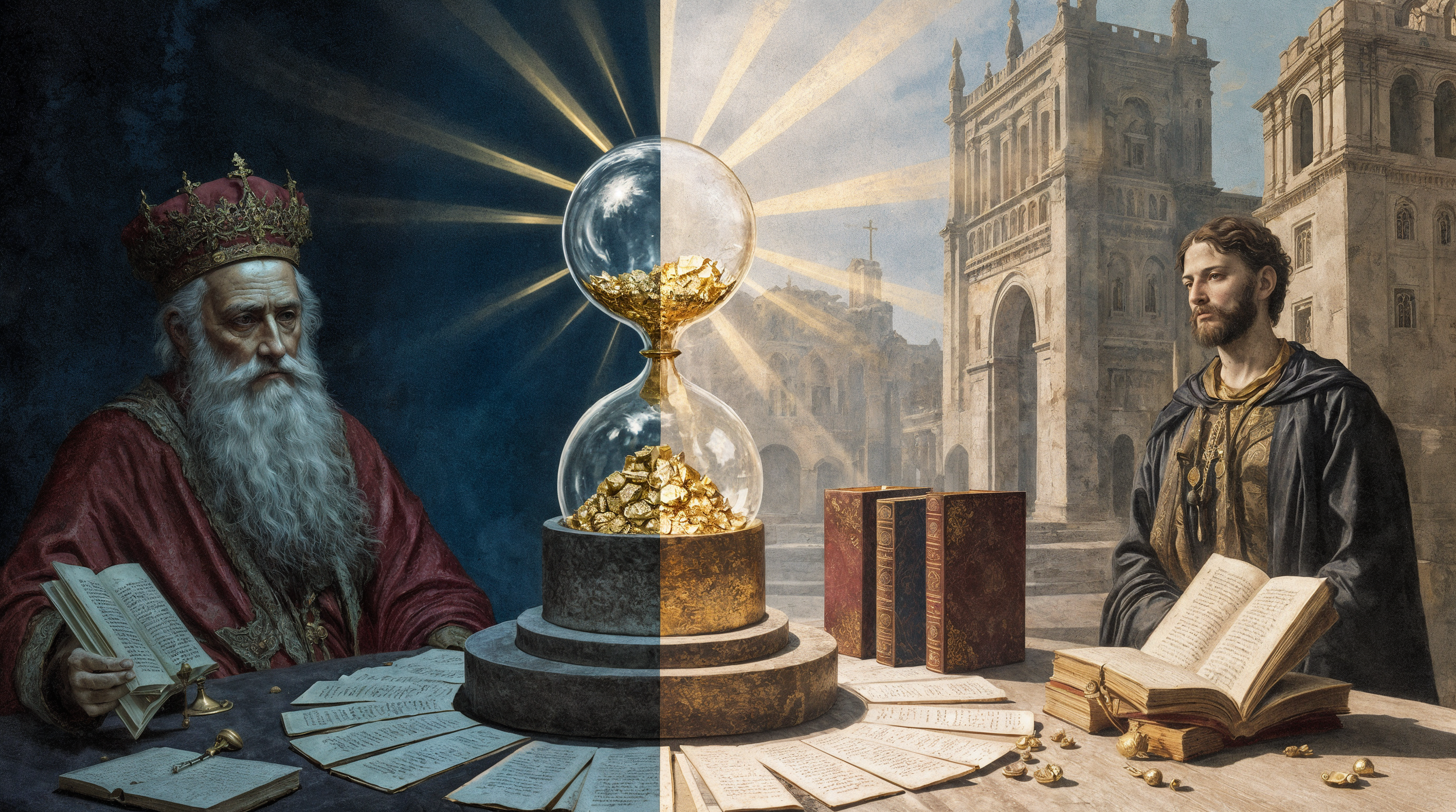Comparing Ancient and Modern Views
How Early Church Views Compare to Modern Eschatological Positions
When we place the early church fathers' eschatological views alongside modern positions like dispensationalism, historic premillennialism, amillennialism, and postmillennialism, surprising patterns emerge. The fathers would recognize some elements of each modern system while finding other aspects completely foreign to their thinking. This comparison reveals not only how much eschatology has evolved but also challenges assumptions about which views can claim the strongest historical precedent.
The Four-Way Comparison
The following table compares early church views with the four major modern millennial positions. Note particularly the complete absence of postmillennialism from the early church—a telling indicator of how historical context shapes eschatological interpretation.
| Aspect | Early Chiliasm (Historic Premillennialism) |
Modern Dispensationalism | Amillennialism | Postmillennialism |
|---|---|---|---|---|
| Millennium | Literal future 1000-year earthly kingdom | Literal future 1000-year earthly kingdom | Spiritual/symbolic present church age | Golden age before Christ's return |
| Church & Israel | Mixed views: Some: Church inherits promises Others: Future for ethnic Israel (No consensus) |
Church ≠ Israel Two distinct peoples Separate plans and destinies |
Church = new/spiritual Israel Replacement theology (Following Justin Martyr) |
Church fulfills Israel's promises through global conversion |
| Rapture Timing | Generally post-tribulation Saints endure persecution Some exceptions (Ephraem?) |
Pre-tribulation (usually) Church removed before tribulation |
Post-tribulation Single return of Christ |
Post-tribulation After golden age |
| View of Tribulation | Ongoing reality of persecution Plus future intensification "Imminent intratribulationism" |
Future 7-year period only Church age peaceful Church escapes entirely |
Spiritual/ongoing No future 7-year period Symbolic interpretation |
Decreasing evil World improves through gospel |
| Returns of Christ | One visible return (Hippolytus, Irenaeus) |
Two-stage: secret rapture + visible return | One visible return | One visible return after golden age |
| Historical Origin | 1st-2nd century (Papias, c. 60-130) |
1830s (J.N. Darby) |
3rd-4th century (Origen/Augustine) |
NO EARLY CHURCH PRECEDENT 17th-18th century |
| Historical Context | Roman persecution Martyrdom expected |
19th century optimism Then escapism |
Post-Constantine church Political power gained |
Protestant cultural dominance Colonial expansion era |
| Early Church Presence | DOMINANT (AD 60-250) |
NO PRECEDENT (Modern innovation) |
Emerged AD 250+ Dominant after AD 400 |
COMPLETELY ABSENT Would be incomprehensible |
🔍 Deep Dive: Why No Postmillennialism in the Early Church?
The Complete Absence of Progressive Kingdom Theology
Postmillennialism—the belief that the church will progressively Christianize the world before Christ returns—has absolutely zero precedent in the early church. Here's why:
Historical Context:
| Period | Church's Situation | Expectation |
|---|---|---|
| AD 30-250 | Persecuted minority | Christ returns to vindicate |
| AD 250-313 | Intense persecution | Endurance until return |
| AD 313-430 | Imperial favor | Already reigning (amillennial) |
Why Postmillennialism Was Impossible:
- Experience: Daily persecution made progressive victory implausible
- Scripture: Jesus predicted persecution "until the end" (Matt 24:9)
- Apostolic Teaching: "Evil men will grow worse" (2 Tim 3:13)
- Worldview: Expected deterioration, not improvement
What the Fathers Would Think of Modern Views
Dispensationalism: Recognition and Surprise
The early fathers would appreciate dispensationalism's literal millennium but be puzzled by its pre-tribulation rapture. The idea of escaping persecution would seem foreign to Christians who viewed martyrdom as the highest honor. Irenaeus wrote, "It is necessary that the righteous first, having received the promise of the inheritance... should reign in it, when they rise again to behold God."
The sharp Israel-Church distinction of dispensationalism would confuse fathers who, despite developing replacement theology, still saw continuity between Old and New Testaments. The complex system of seven dispensations and detailed prophetic charts would seem overly systematized to fathers who held simpler, more fluid expectations.
"For all the saints and the elect of God are gathered, prior to the tribulation that is to come, and are taken to the Lord..."
— Disputed Ephraem text (the only possible pre-trib reference)
For them, tribulation wasn't a future seven-year period but their daily reality. Ignatius going to his martyrdom, Polycarp at the stake, Christians in the catacombs—they all expected to meet Christ through suffering, not escape from it.
Historic Premillennialism: The Closest Match?
Modern historic premillennialism shares the most features with early chiliasm, yet significant differences remain. The early fathers would recognize the literal millennium and post-tribulation rapture but might be surprised by the systematization and precision of modern formulations.
"When Antichrist shall have devastated all things in this world, he will reign for three years and six months... Then the Lord will come from heaven... and will destroy the man of lawlessness."
— Hippolytus, showing typical early post-tribulation expectation
However, early chiliasm was often more vivid and material than modern historic premillennialism. Papias's description of vines with 10,000 branches and Irenaeus's emphasis on physical rewards show an earthiness that modern premillennialists often spiritualize.
Amillennialism's Historical Claims
While amillennialism became dominant after Augustine, its advocates cannot claim apostolic precedent. The systematic spiritualization of the millennium doesn't appear until Origen (AD 185-254), and then primarily due to Greek philosophical influence rather than biblical exegesis. The early church's nearly unanimous chiliasm for the first 150 years presents a significant challenge to amillennial claims of historical priority.
Interestingly, Augustine himself admitted he once held chiliastic views, abandoning them as "carnal." This personal evolution mirrors the broader church's trajectory—from literal expectation during persecution to spiritual interpretation during imperial favor.
Postmillennialism: The Missing Position
⚠️ Notable Absence from Early Church History
Postmillennialism has absolutely no precedent in the early church (AD 60-430). This optimistic view that the church will successfully Christianize the world before Christ's return would have been incomprehensible to believers facing lions in the arena, burning at the stake, or hiding in catacombs.
The complete absence of postmillennialism from the early church reveals crucial insights:
- Historical Context Matters: Postmillennialism could only emerge after Christianity gained cultural dominance. It required the Protestant Reformation, colonial expansion, and Enlightenment optimism about human progress.
- Persecution vs. Power: Early Christians expected increasing persecution leading to Christ's return. The idea of gradual world improvement through gospel success requires a position of cultural influence the early church never possessed.
- Key Developers: Daniel Whitby (1638-1726) and Jonathan Edwards developed systematic postmillennial theology during eras of Christian cultural dominance—a context diametrically opposite to the early church.
- Historical Peak: Postmillennialism reached its zenith in the 19th century during Western colonial expansion and missionary optimism, before World War I shattered its progressive worldview.
The absence of postmillennialism in the early church is as theologically significant as the positions that were present. It demonstrates that eschatological interpretation is profoundly shaped by whether the church experiences persecution or prosperity, marginalization or influence.
The Israel Question Across Systems
How Each System Handles Paul's "Mystery":
- Early Fathers: Inconsistent—some replaced Israel (Justin), others expected Jewish conversion (also Justin!)
- Dispensationalism: Complete distinction—two peoples, two programs
- Historic Premillennialism: Church includes Israel but ethnic promises may remain
- Amillennialism: Church is true Israel—all promises spiritualized
- Postmillennialism: Church fulfills Israel's mission to bless nations through global Christianization
The early fathers' mixed views on Israel reflect genuine biblical tension. Paul's olive tree (Romans 11) suggests both continuity and distinction, inclusion and future restoration—complexities that no single modern system fully captures.
What This Comparison Reveals
Key Insights from the Comparison:
1. No System Has Complete Ancient Support: Every modern position departs from early church teaching in significant ways. Claims to restore "the biblical view" must reckon with historical development.
2. Context Shapes Interpretation: Persecution produced premillennialism; Constantine enabled amillennialism; dispensationalism emerged in modernity's complexity; postmillennialism required Protestant cultural dominance.
3. Innovation Isn't Necessarily Wrong: The absence of a view in the early church doesn't invalidate it, nor does early presence guarantee correctness. Scripture, not tradition alone, must arbitrate.
4. Humility Required: The diversity and evolution of views throughout history, including the complete absence of some modern positions from the early church, should humble all interpreters.
The Value of Historical Perspective
Understanding how the early church's views compare to modern positions doesn't settle all debates, but it does provide crucial perspective. We learn that:
- Views considered "orthodox" today were sometimes unknown in the early church (postmillennialism)
- Positions claiming biblical authority often developed centuries later
- Historical circumstances profoundly shape theological interpretation
- The early church's diversity mirrors our own debates
- Some "innovations" (like "spiritual Israel") became so embedded we mistake them for biblical teaching
- Major modern positions like postmillennialism have no early church precedent whatsoever, emerging only after Christianity gained cultural dominance
Conclusion: Learning from the Comparison
This comparison reveals that modern eschatological systems are more indebted to historical development than pure biblical exegesis. Dispensationalism's innovations (pre-trib rapture, two-stage coming) lack early precedent. Amillennialism's dominance came through philosophical influence and political change rather than apostolic teaching. Postmillennialism's complete absence from the early church demonstrates how radically different historical contexts produce radically different eschatological expectations. Even historic premillennialism, while closest to early views, has been refined and systematized beyond what the fathers taught.
Perhaps the greatest lesson from comparing ancient and modern views is that eschatology has always been more fluid and context-dependent than any system acknowledges. The early fathers remind us that faithful Christians have held diverse views throughout history, often shaped as much by their circumstances as their study of Scripture. The complete absence of postmillennialism from the early church particularly illustrates how persecution versus prosperity fundamentally alters eschatological vision.
As we continue modern debates about the millennium, Israel, and the church's future, this historical perspective should inspire both confidence in essential truths all Christians share—Christ will return, evil will be defeated, God's people will reign with Him—and humility about the specific details over which Christians have always disagreed.
Navigation
Return to Hub
Early Church Eschatology Overview
Other Articles in This Series:
- Article 1: The "Spiritual Israel" Innovation
- Article 2: Living Through Tribulation
- Article 3: From Chiliasm to Amillennialism
- Article 4: Paul's "One New Man" Theology

